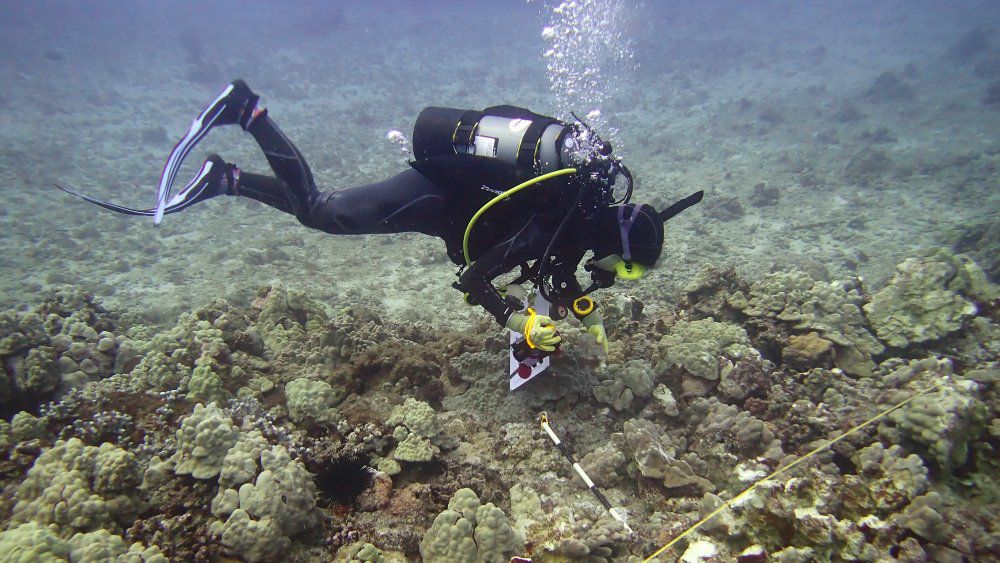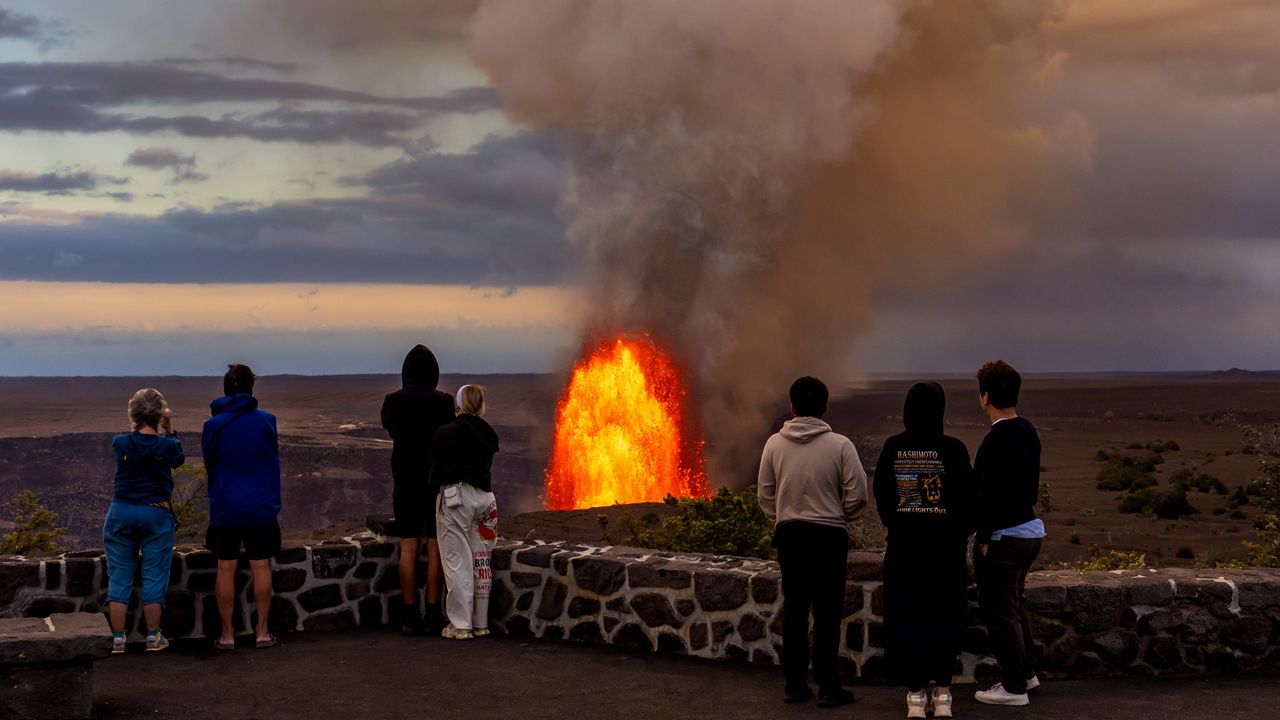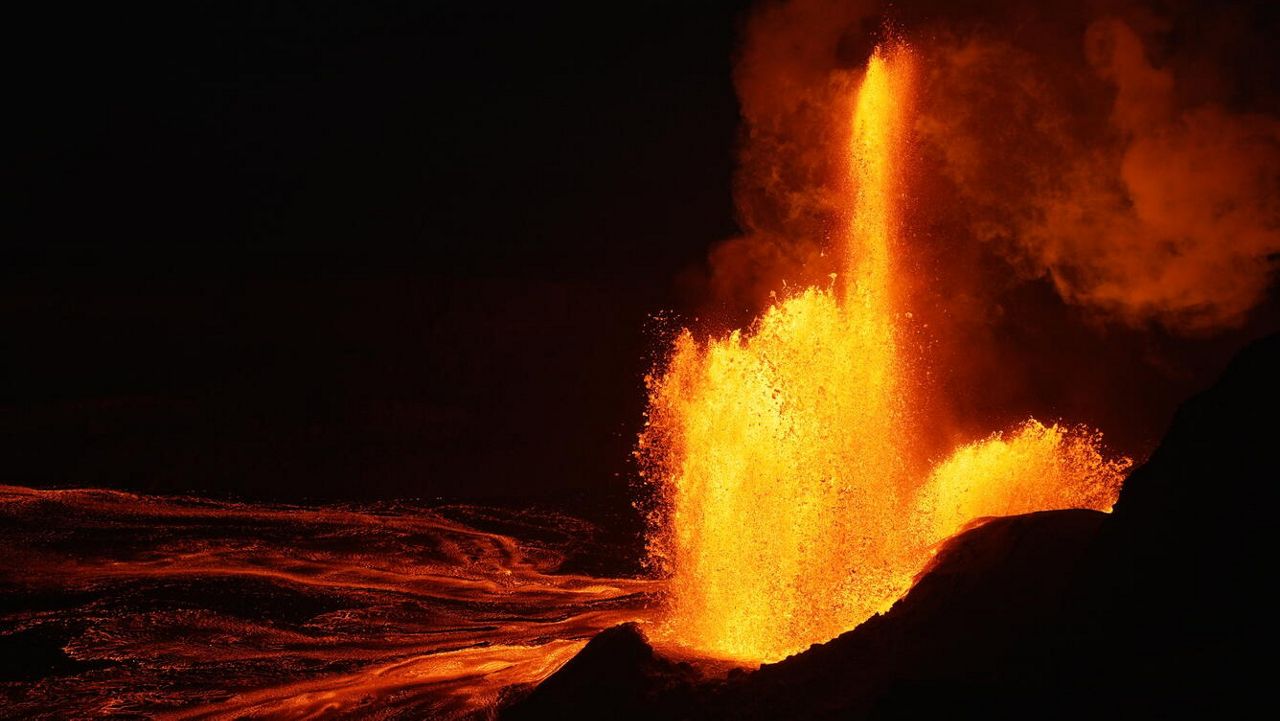HONOLULU — A dive team from the Hawaii Department of Land and Natural Resources’ Division of Aquatic Resources found 200 damaged corals in Kewalo Basin, which was likely caused by an anchor dragging across the ocean floor.
According to the DLNR, the dive team started an investigation on July 5, measuring damaged reef areas and counting the number of individual corals damaged.
“We did find two scars that looked like they were likely from an anchor drag. They’re about 80 feet in length,” stated Kim Fuller in a news release. Fuller is a DAR aquatic biologist who led the investigation. “There were some damaged corals ranging from ones that were broken off the hard bottom, as well as some corals that were fragmented or broken into pieces. There also was scraping on some coral colonies that were still attached.”
The white coloration of the exposed coral skeleton caused by impact helped biologists determine the damage was recent.
The dive team counted the sizes and species of coral, some of which they could place upright. In total, of the 200 corals damaged, 74 of them were righted. This immediate action is critical to ensure the coral’s survival and longevity for future restoration efforts. The team also assessed the possibility of long-term remediation to ensure the site is a suitable habitat for restoration.
Fuller said the anchor was likely placed in sand or rubble and then dragged across the reef. “Simply avoiding anchoring near coral reefs is best,” she said.
Fuller offers these tips to boaters:
- If anchoring in sand, make sure to have a proper, secure anchor
- Choose a large enough patch that the chain of your anchor does not drag across adjacent coral or live rock
- Once anchors are set, monitor them, in addition to monitoring changes in current or wind direction to ensure the anchor is not dragging and possibly causing damage
“This area is an important habitat for marine life and serves as a popular recreational dive site,” said DAR Administrator Brian Neilson. “With all of the stressors facing corals, boaters must be vigilant about avoiding coral damage.”
The damage inflicted on coral at Kewalo is relatively small compared to the impacts DAR biologists have dealt with over the years. Still, the site will take years to recover.
Fuller reminds the public that corals are protected under state law. “It’s illegal to injure or damage or take coral resources. If someone wants to work with coral, a special activity permit from DAR is required,” she said.
An investigation has been opened by the DLNR Division of Conservation and Resources Enforcement, which will work to identify the vessel that may have damaged the coral.
Sarah Yamanaka covers news and events for Spectrum News Hawaii. She can be reached at sarah.yamanaka@charter.com.









